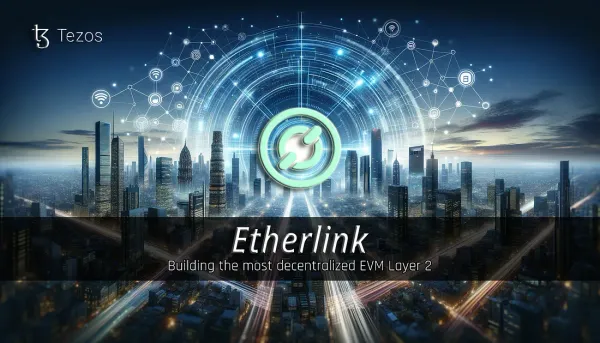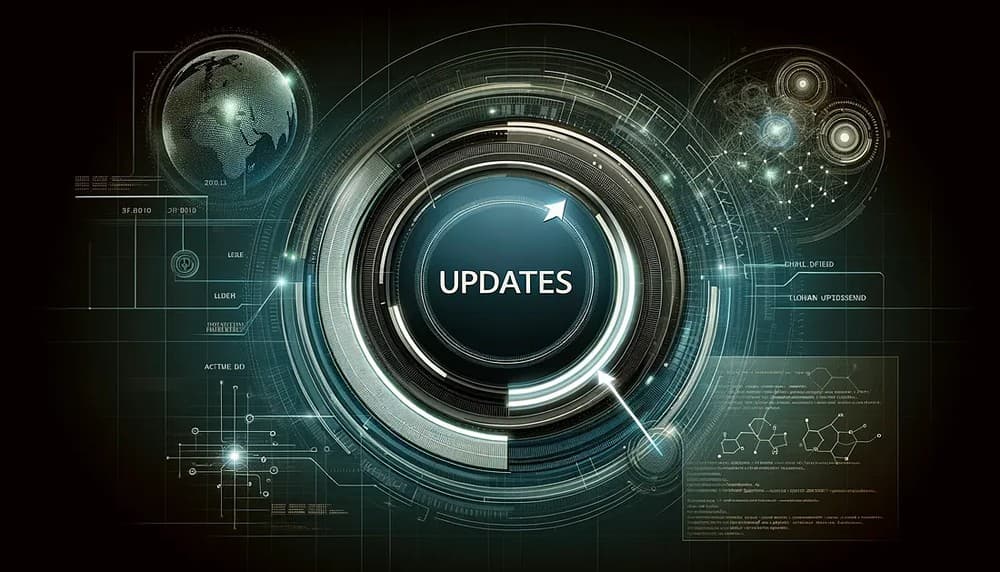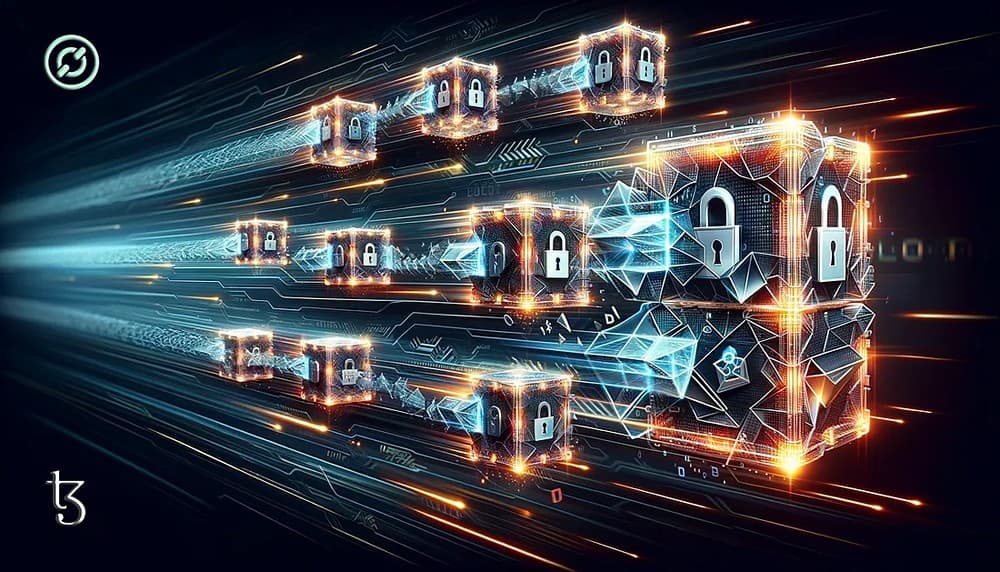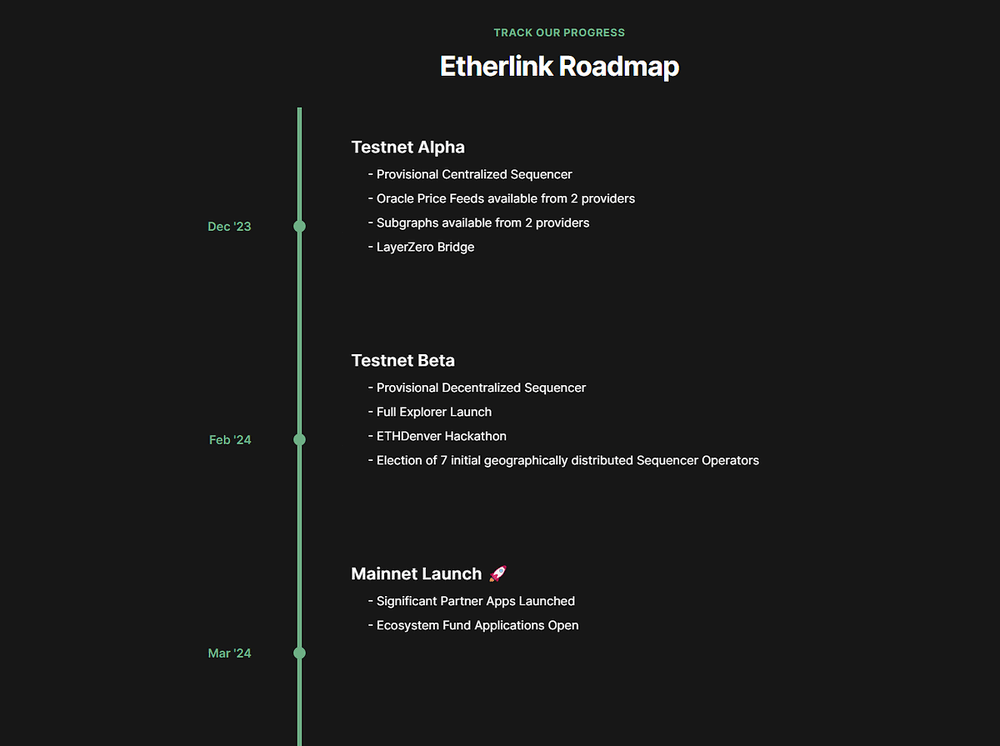Etherlink: Building The Most Decentralized EVM Layer 2 (On Tezos)
The latest updates on the most promising EVM-compatible layer 2, Etherlink, on Tezos!
Originally published at Tezos Commons News
600 words, 3 minute read

Just a few months ago I wrote an article about Etherlink, the tl;dr for those that might have missed it, is that Etherlink is an EVM-compatible Tezos layer 2 that is being built to attract more developers and dapps from the EVM space.
Etherlink, while providing a user and developer experience comparable to existing EVM chains, boasts enhanced underlying fundamentals by being built on Tezos. Unlike Ethereum’s smart contract-based rollups, Etherlink will be integrated into Tezos layer 1 as an “enshrined” rollup, which enhances its security by eliminating typical smart contract risks, while being treated like a first-class citizen on Tezos mainnet.
This integration also ensures full decentralization, removing the need for admin keys or centralized bridges, thus avoiding potential censorship. Furthermore, Etherlink’s upgradability will be managed through Tezos’ proven on-chain governance system, allowing for community-led development and evolution.
Updates #

Back when I did the first article on Etherlink, we were working with limited information. I thought that it would be great to do a second article about it and look into the updates with all the new information that has been revealed on their website and new documentation.
Decentralized Sequencer and MEV Protection #
Etherlink will use a decentralized sequencer with the goal of providing best-in-class censorship resistance. This means that transactions are ordered in a way that is resistant to manipulation, commonly known as Mean Extractable Value (MEV) issues, which can be a significant problem on blockchain networks.
Etherlink aims to achieve this by electing multiple geographically distributed sequencer operators. This decentralizes the power to order transactions, thereby increasing security and reducing the risk of censorship from any single party. The process of selecting these operators is intended to be democratic and transparent, further aligning with the decentralized ethos of blockchain technology.

Low Transactions Cost and Block Times #
Etherlink targets low latency with an approximately sub-second block times and transaction costs as low as 0.01$. In addition, it batches transactions and posts them every 2 minutes to the Tezos layer 1. This approach to transaction handling is bolstered by the security afforded by Tezos’ smart rollups, which are “enshrined” making Tezos bakers (validators) the only point of failure and thereby reducing the risks associated with transaction processing
Faucet #
The Etherlink website now has a faucet button. This faucet is designed to distribute a limited amount of testnet tokens to users to facilitate testing and development on the Etherlink network. It enables developers to easily get enough tokens for gas to deploy and interact with smart contracts, test transactions, and experiment with the platform’s capabilities.

Explorer #
Another addition to the information available is Etherlink’s block explorer, which offers comprehensive insights into the blockchain’s activity. It features sections for validated, pending transactions, and contracts, providing a detailed overview of the network’s basic operations.
Roadmap #
The Etherlink roadmap is now more robust and visually communicates the project’s trajectory, setting tangible expectations for the community. By outlining the phased rollouts, from the testnet Alpha’s provisional centralized sequencer to the mainnet launch and the ecosystem fund applications, it clarifies when key features like the decentralized sequencer and comprehensive explorer are anticipated to debut.

As we chart Etherlink’s course toward creating the most decentralized EVM layer 2 solution, the progress and commitment to a transparent user-empowered platform are clear. For developers and users eager to be part of this pioneering journey, I encourage you to scour over the detailed Etherlink documentation. Your insights, contributions, and queries are invaluable. To further engage with the Etherlink community, connect, and collaborate, join the discussions on Etherlink’s Discord server where you can also ask any questions you might have. Let’s build the future of decentralization together.